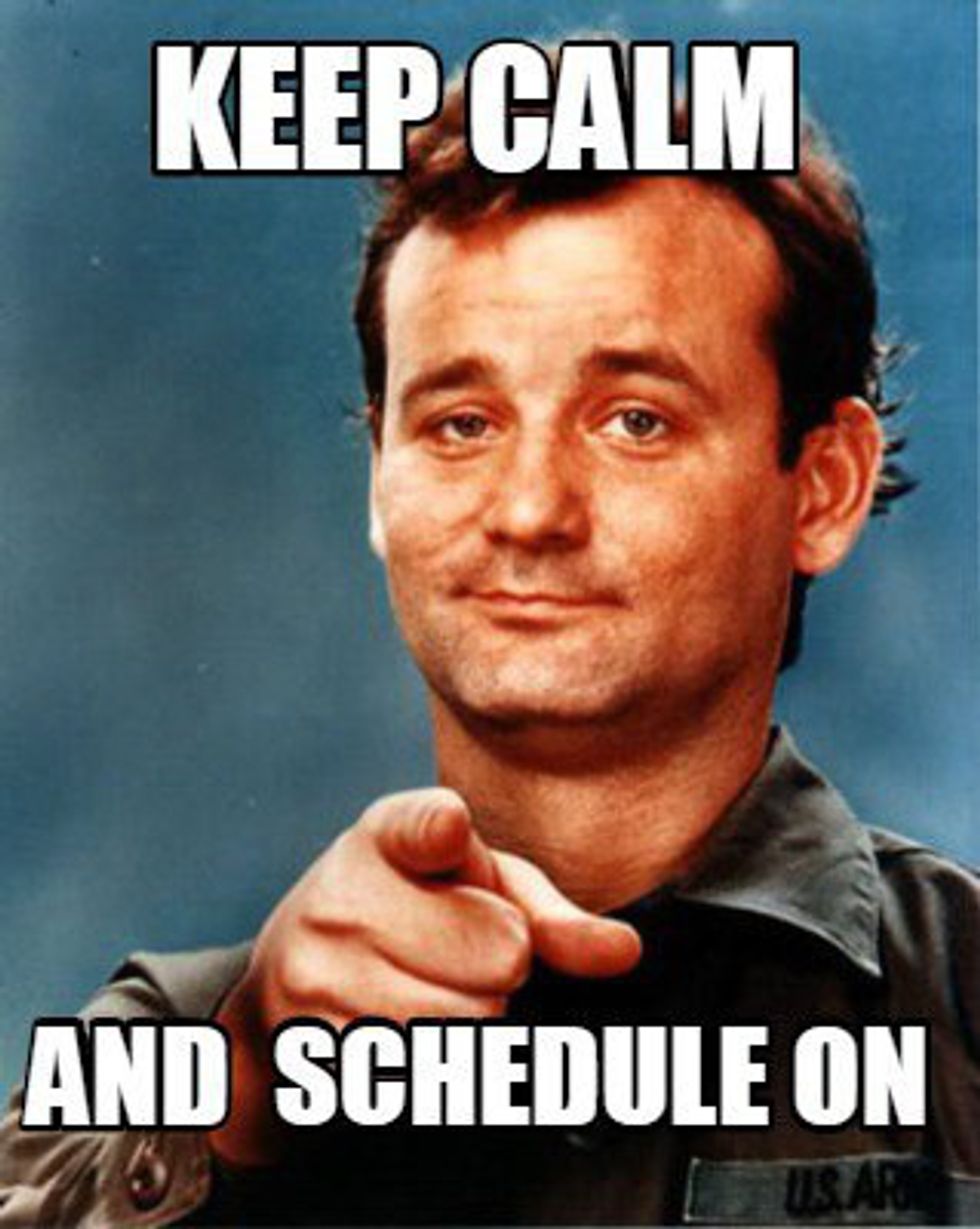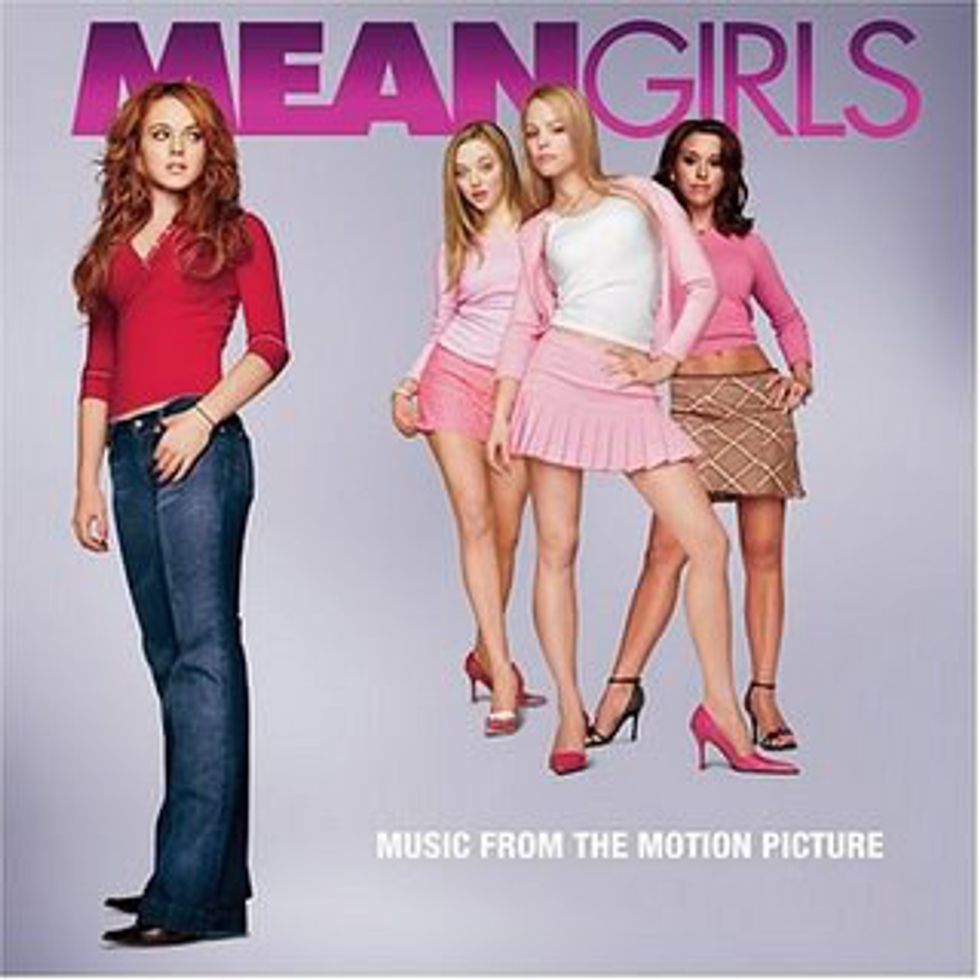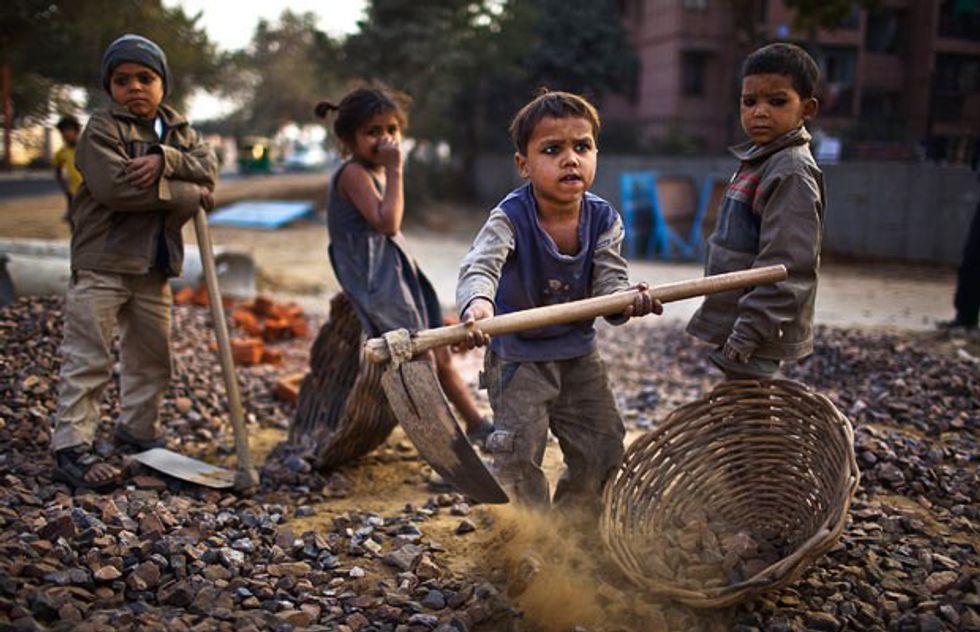The American Dream is built upon the notion that anyone born within the geographical borders of the United States or any immigrant who journeys into the country seeking a better future can achieve financial prosperity with tenacity and hard work. Tribulation will come, but if you pull yourself up by the bootstraps and keep running you will overcome any obstacle. More importantly, the American Dream promises financial security and opportunity for your children. One takes the hard path of ruthless work so that our children may have an easier time and pursue more promising careers.
To be candid, the American Dream is in critical condition, but to many it is already dead. Those who preach the virtues of the American Dream in our contemporary age are often those who find themselves in a financial position impervious to the harsh realities facing the American middle class. Often, these are the people that preach optimism and question the tenacity of anyone with in tune with the realities of financial hardship. This class of tone-deaf elites peddle the bootstrap mythology, disregarding the crucial roles played by different segments of society in their own success. We cultivate this myth in American society that hard work cures all financial ills. That is not true. Hard work should be admired. Through this parasitic mindset, we instead demean hard work by assuming that the chief executive works harder than the janitor of the building. By buying into this poisonous ideology, we question the integrity and work ethic of every single member of the working and service classes.
Real wages have become stagnant even though productivity has risen steadily. Median household income remains below pre-recession levels, but business and government leaders tout GDP growth as an omen of a stabilizing recovery. We are living in a post-recession economic environment fueled by fragile credit that threatens the well-being of common Americans with premature monetary policy tightening. Corporate profits reach obscenely high levels even while business dynamism, the failure, expansion, and creation of businesses and jobs, falls below the levels of the 1980s.
There is a gap growing. When you take an intricate look at every aspect of society, the gaps appear ubiquitous. There are gaps in educational opportunity and performance. Gaps in political opportunity via voting and diversity of potential representatives. There are gaps in medical care. There are gaps in financial resources. All of these gaps and many more originate from the growing disparity in wealth. Income and wealth inequality are real threats to every single facet of our lives, whether you work hard or not.
As many economists and politicians have emphasized over the past decade, recent economic expansions have delivered most income gains to the top 1 percent. Specifically, 95 percent of income gains between 2009-2012 went to the top 1 percent. Going further, the top 10 percent of Americans benefited from 121 percent pretax income growth between 1980-2014 while pretax income growth increased by exactly 0 percent for the bottom 50 percent of Americans. The middle 40 percent’s measly 42 percent growth pales in comparison to the 636 percent pretax income growth enjoyed by the very top .001 percent of Americans.
Americans have always cherished mild levels of inequality. Without the incentive to excel and outperform your co-workers, American industry might be mediocre at best. With this thinking, the prize of higher earnings is certainly a positive economic force. However, the levels of inequality plaguing American society, matched only by the inequality of the Roaring 20s right before the Great Depression, expand beyond grotesque by threatening economic growth and the majority of Americans.
When most Americans spend most of their time working in stagnant jobs with stalled or declining wages to cover the mortgage, rent, car insurance, health insurance, groceries, clothing, car repairs, gas prices, and other necessary expenses the American economy suffers. Here is where the hope of a better future for our children comes to a crash. Right now, it comes down to a coin toss when determining whether a child will do better than the parents. This is a depressing statistic when compared to 1940 when 90 percent of kids would enjoy upwards mobility in the social and economic ladder.
When parents are unable to cover the rising costs of higher education, their children do not attain the necessary skills to participate in an economy where a college degree is the equivalent of a high school degree in the 20th century. Trade schools pay off and help close the gap, but undisputable research showcases the fact that people with a college degree outearn their peers who do not have one over their lifetimes, $1.55 million in lifetime earnings for the former versus $1.30 million which is a drastic gap. And as the growth of technology in every single industry continues, we will yearn for a workforce well-versed in the technical language of the Fourth Industrial Revolution. We need coders, programmers, open-source specialists, and people who value the fruits of quantum computing. But we cannot afford for all of these to come from wealthy families. We cannot continue to privatize opportunity while having common Americans subsidize tribulation.
As policymakers, we should advocate for alternatives like trade school or community college, but we cannot neglect the power associated with a bachelor’s degree. An education is inelastic, but prices continue to grow while the middle class continues to dwindle. Those at the top accumulate credentials and wealth thereby leading to hyper-concentration of resources.
Another reason why income and wealth inequality is terrible for the American people is one that is often not brought up. There is a correlation between the concentration of wealth and the concentration of political influence. Our political system is highly susceptible to special interests which means those with wealth have the opportunity to make our government work for them. Again, this contributes to the growing disconnect between the top and the rest. The contemporary United States truly is a tale of two cities.
Meanwhile, the process of crafting public policy to address this behemoth of a dilemma has been stunted by many who espouse a detrimental ideology portraying the social safety net as a trojan horse of economic downfall. The narrative presents public services like food stamps, unemployment insurance, WIC, Medicaid, public education (particularly in the case of Kansas), free lunch programs, and other safety net mechanisms as growth inhibitors that cultivate a culture hostile towards the idea of hard work (the exact opposite is true of many programs). Those recipients of public services are demonized as leeches encumbering hard-working Americans, as if people choose to suffer financial devastation and enjoy having their lives depend on measly benefits to feed their families.
Let’s make this as clear as possible: if we allow political chess games to decimate our public policy process then we will be consumed by inequality and all of the instabilities associated with this phenomenon. Redistribution and economic growth are not in conflict. In fact, economic growth demands a certain level of redistribution at this point. If mobility is the objective, the United States is not the world leader. We can change that with a little bit of courage to challenge the gap and the status quo of shameful state of policy-makers.



 Photo by
Photo by  Photo by
Photo by  Photo by
Photo by 



















